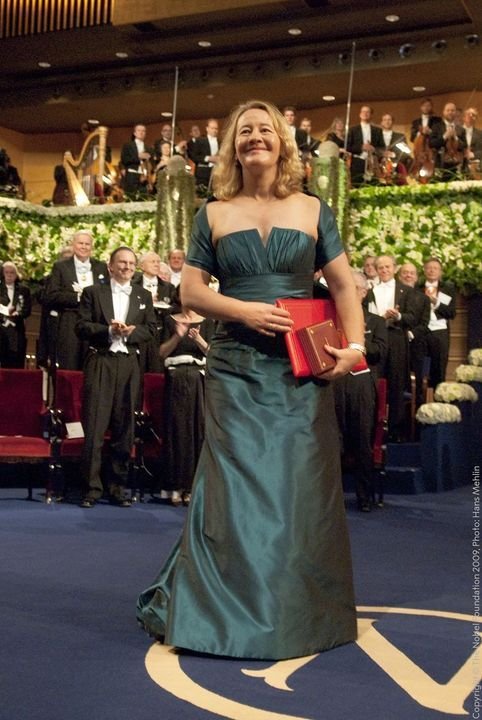Carol Greider achieved success in molecular biology in the same way she overcame dyslexia as a child: with persistence and creativity.
Since she found it hard to read the traditional way, she found another: she taught herself to memorise words and letter order, circumventing her inability to sound out words. Carol Greider is one of many Nobel Prize laureates that have dyslexia.
Carol Greider was born in San Diego, California in the United States. Both of her parents were academics. Greider’s mother died when Carol was only seven years old, which gave her an independent nature at an early age. Initially, Greider had a difficult time at school, however. An enthusiastic teacher later aroused her interest in biology. Greider received her PhD from the University of California, Berkeley in 1987. Her supervisor at Berkeley was Elizabeth Blackburn, whom she later shared a Nobel Prize with. Greider later transferred to Johns Hopkins University in Baltimore, Maryland in the United States. She is married with two children.

An organism’s genes are stored within DNA molecules, which are found in chromosomes inside its cells’ nuclei. When a cell divides, it is important that its chromosomes are copied in full, and that they are not damaged. At each end of a chromosome lies a kind of cap or telomere, as it is known, which protects it. After Elizabeth Blackburn and Jack Szostak discovered that telomeres have a particular DNA that prevents chromosomes from being broken down, Carol Greider, together with Blackburn, also discovered telomerase in 1984, which produces the telomeres’ DNA.







